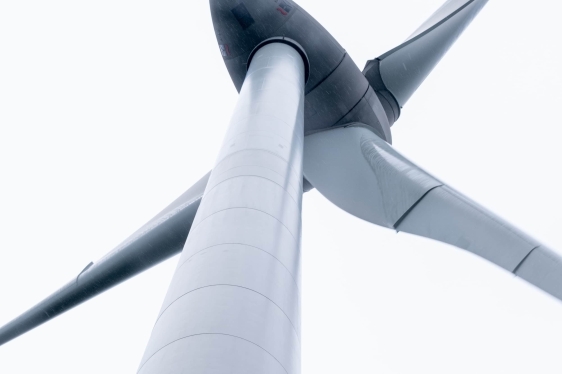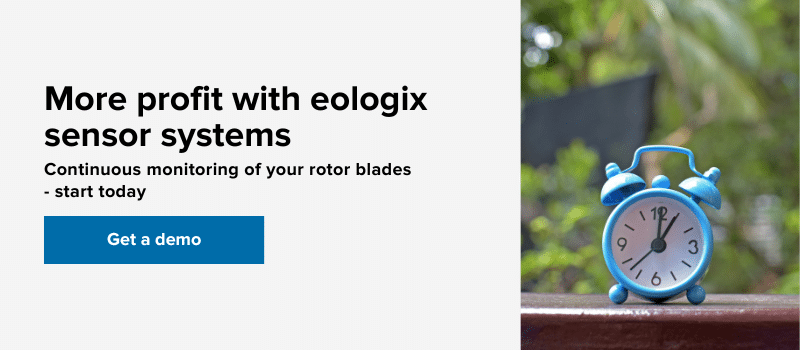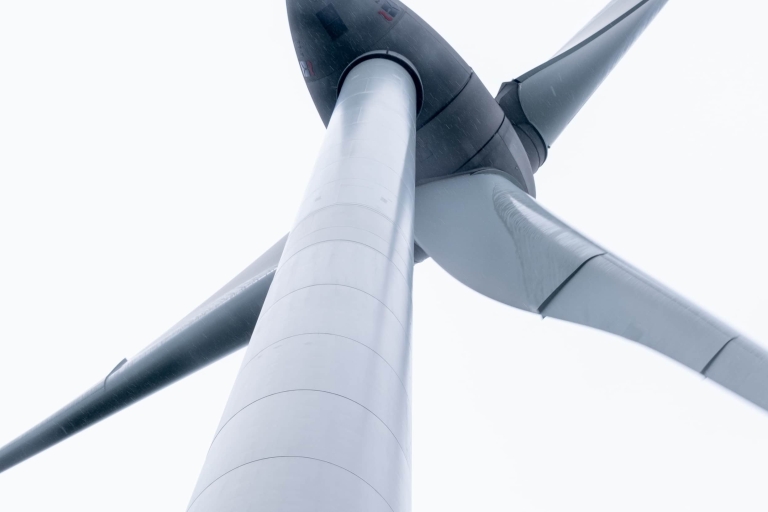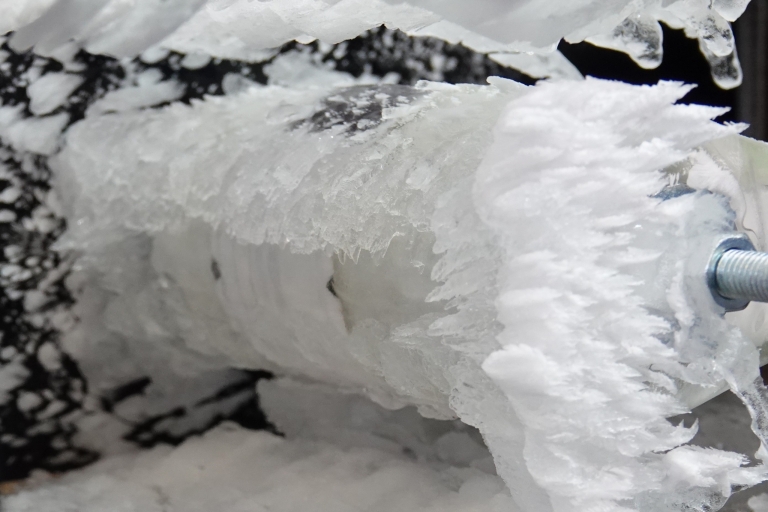TECHNOLOGY | 6 MIN READING
eologix:align results reflect the ground-based measurements
eologix:align results reflect the measurements of the ground-based system. Use the button below to book a first appointment to learn more about eologix:align.

Initial situation: Many turbines are struggling with imbalances
Many wind turbines have to deal with imbalances that can cause consequential damage and high costs in the long run. In order to detect further imbalances, the first step is to rule out relative pitch angle errors.
Many wind turbines have to deal with aerodynamically induced and/or mass-related imbalances. The resulting total imbalance usually leads to increased component vibrations and can cause considerable consequential damage and high costs in the long run. To effectively reduce an imbalance, it is necessary to first determine and reduce aerodynamic imbalances. A first and important step towards this is to record the relative pitch angle deviations between the blades during operation and to obtain specific corrections if needed.
The solution: Continuous measurement of relative pitch angles
On request of one of our customers, an eologix:align system was installed on an Enercon E-82-E2 2MW in Germany to continuously measure the relative pitch angle deviations and thus causes for aerodynamic imbalances.
| Case Study eologix:align | |
|---|---|
| Wind turbine type | Enercon E-82-E2 2MW |
| Product | eologix:align |
| Location of the plant | Germany |
eologix:align uses wireless and redundant sensors mounted directly on the blades to measure the accelerations occurring there in all three spatial directions during operation of the wind turbine.
The measurements of the sensors are synchronized and performed several times a day over defined time intervals (bursts) in order to record several rotor revolutions and different operating states. The measured accelerations are used to calculate the rotational speed of the rotor and the alignment of its blades to each other via corresponding algorithms. In the following chapter, the results of this project are presented in more detail.
Read more about eologix:align for continuous measurement of the pitch angles of your plant here.
Successful measurement with eologix:align
In the course of the measurement by eologix:align, significant relative pitch angle deviations were detected at the wind turbine (can be seen in Figure 1; calendar weeks 36 to 45). A subsequent independent on-site measurement of relative pitch angle deviations using photogrammetry came to a comparable result (a seen in Table 1, left side).
Pitch angle deviation correction in week 46
After the on-site measurement and correction of the pitch angle deviations in calendar week 46, the relative pitch angle deviations are continuously reduced significantly and coincide very well with the values of the independent measurement (see Table 1, right side).

Figure 1: Course of the relative pitch angle deviations between the blades before and after the pitch angle adjustment
Comparison of eologix:align results with photogrammetry results
In the following tables you can see a comparison of the results before and after the correction.
Before the correction
| Blade A-B | Blade B-C | Blade C-A | ||
|---|---|---|---|---|
| Photogrammetry | before the correction | -0,73° | 0,52° | 0,21° |
| eologix:align | Mean value <week 45 | -0,49° | 0,39° | 0,12° |
After the correction
| Blade A-B | Blade B-C | Blade C-A | ||
|---|---|---|---|---|
| Photogrammetry | after the correction | 0,23° | -0,10° | -0,13° |
| eologix:align | Mean value >week 46 |
0,20° | -0,07° | -0,09° |
Table 1: Comparison of eologix:align results with photogrammetry results
FAQ
Each measuring point in the diagram represents an average value of a relative pitch angle deviation for the respective blade pairing for one calendar week.
The relative pitch angle deviation of each of the three considered blade pairings are determined by comparing the measurement results of the sensors on the respective blades. Corresponding measurements take place several times a day. From the results, average values for the three relative pitch angle deviations are determined for each calendar week.
Small deviations of the sum of the relative pitch angle deviations [Blade A-B] + [Blade B-C] + [Blade C-A] from 0° are due to the mathematical processing of the measured values and are covered by the standard deviations of the measurement results.







